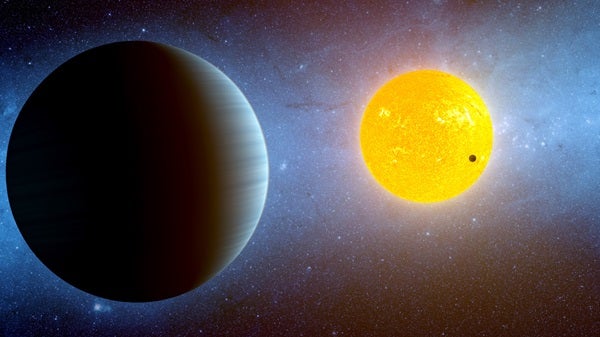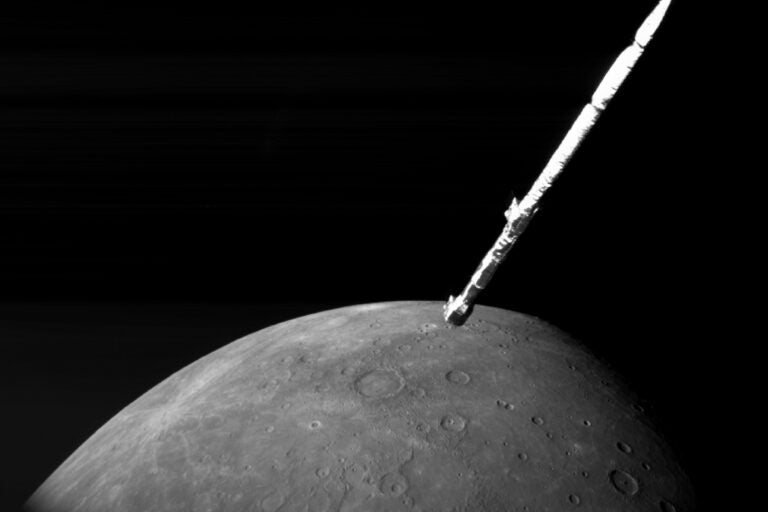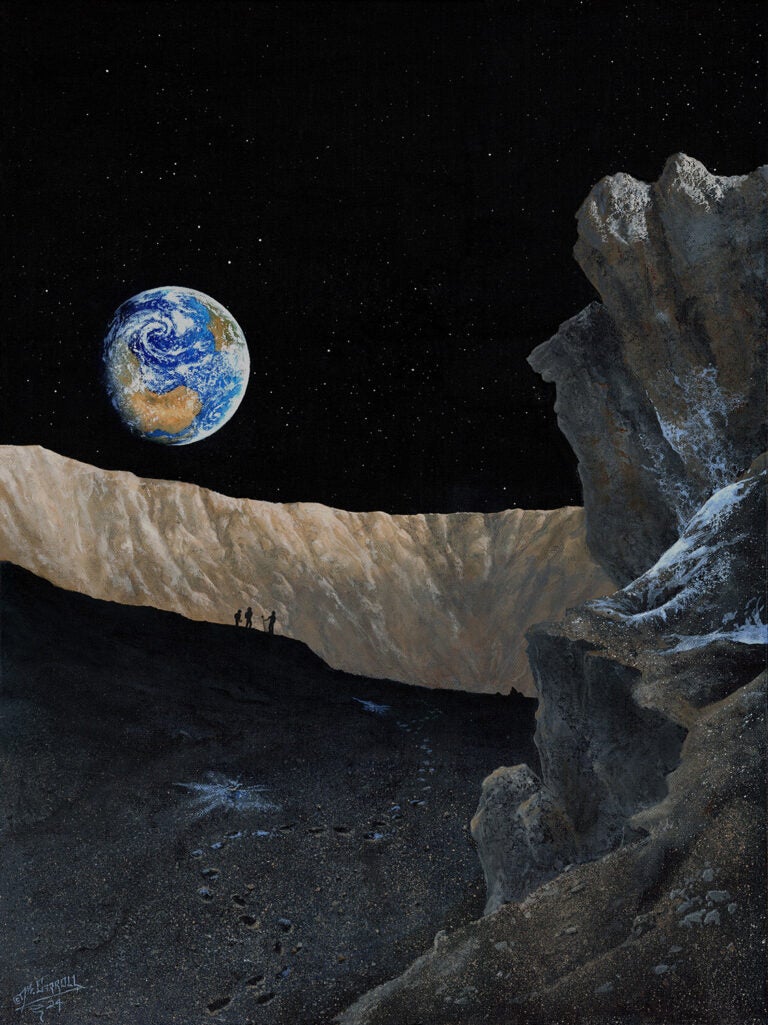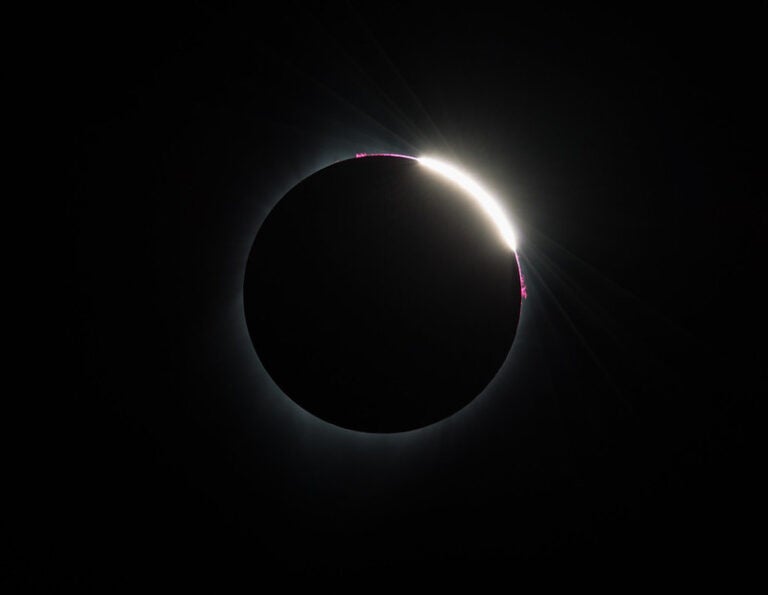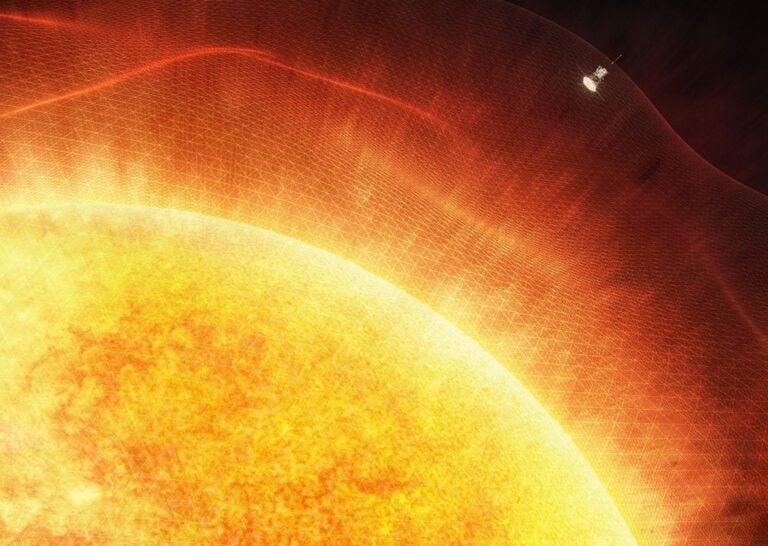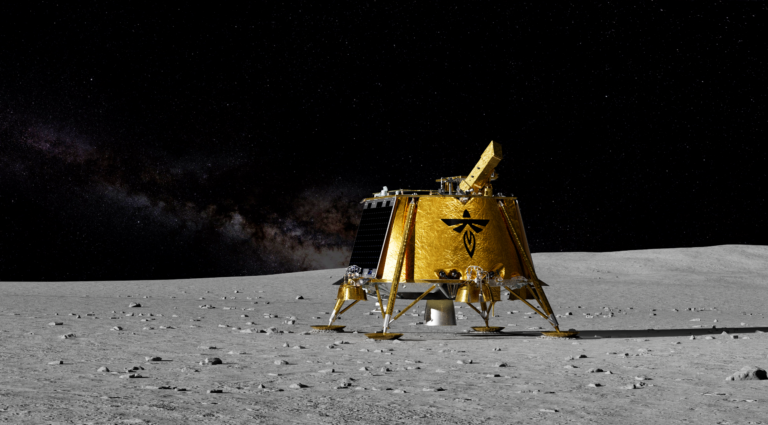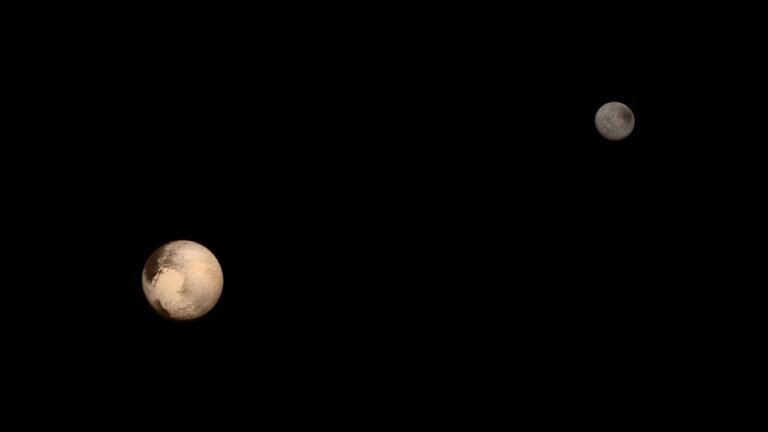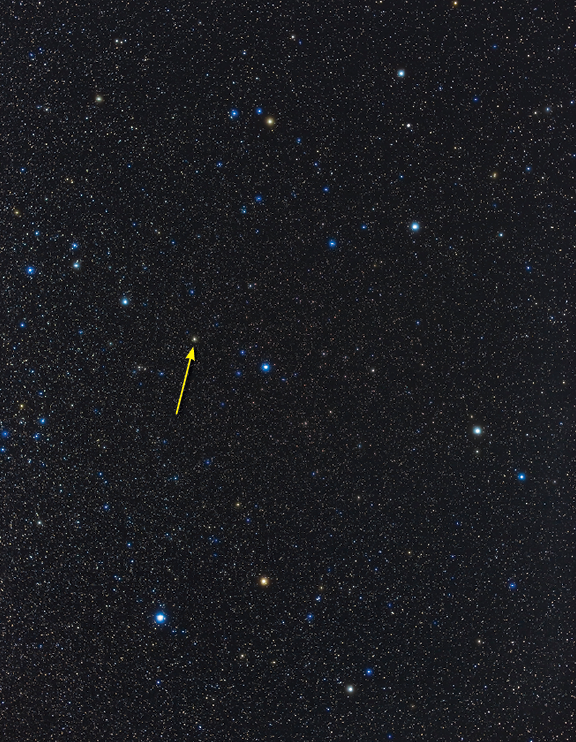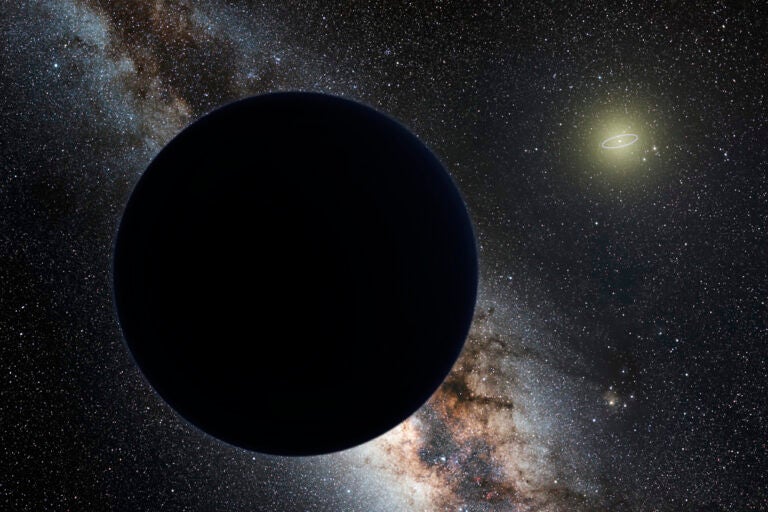The planetary system, which sits at a distance of 597 light-years, contains four super Earth-sized planets: EE-1b, c, d, and e. Super Earths are planets with a mass greater than Earth, but less then Uranus and Neptune (which are about 14 and 17 times the mass of Earth, respectively). The four super Earths in the newly discovered system are 1.98 (EE-1b), 2.03 (EE-1c), 2.74 (EE-1d), and 2.22 (EE-1e) Earth radii. Even though they’re larger than our planet, they’re also much closer to their star, orbiting once every 3 to 13 days. All of them sit closer to their own sun (which is about 0.9 solar masses, and likely a late G or early K star; our Sun is a G star) than Mercury sits to ours, so they’re extremely hot worlds. The closest planet is just 0.04 Astronomical Units (AU) from its star, while the farthest is 0.10 AU. One AU is the average distance between Earth and the Sun (about 93 million miles [150 million kilometers]); Mercury sits at nearly 0.4 AU.
The discovery is currently being written up as a scientific paper, soon to be submitted for publication. Furthermore, these planets may not be alone in their solar system, and more planets may be found at greater distances from the star in the future.
Zooniverse is a citizen science platform run by the U.K.’s University of Oxford, Chicago’s Adler Planetarium, and the Citizen Science Alliance. The Exoplanet Explorers program and a related Zooniverse project, Planet Hunters, allows volunteers to comb through data from the Kepler spacecraft’s extended mission, K2. There is a huge catalog of stars observed by the telescope, any of which could host one or more planets. Volunteers are tasked with looking for changes in the stars’ light due to transits, which occur when a planet crosses in front of its star as it orbits, as seen from Earth.
These tiny dips in light can be difficult to spot, and are often best left to humans, not computers, to discern. Such citizen science projects rely on sheer numbers to find real objects — the more people who identify a planet, the more likely the planet is to be real.
You can find out more about the Exoplanet Explorers project, or try your own hand at exoplanet discovery, on the project’s website. You can also get more details about the newly discovered planetary system, including the volunteers involved in the find, here; NASA scientists will work to confirm the discovery in the near future.

